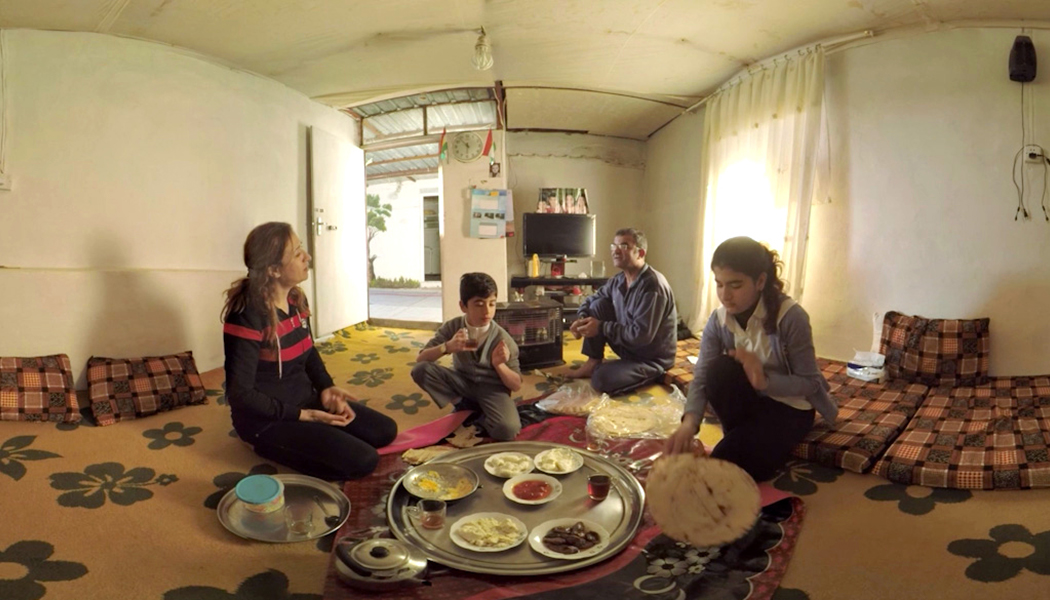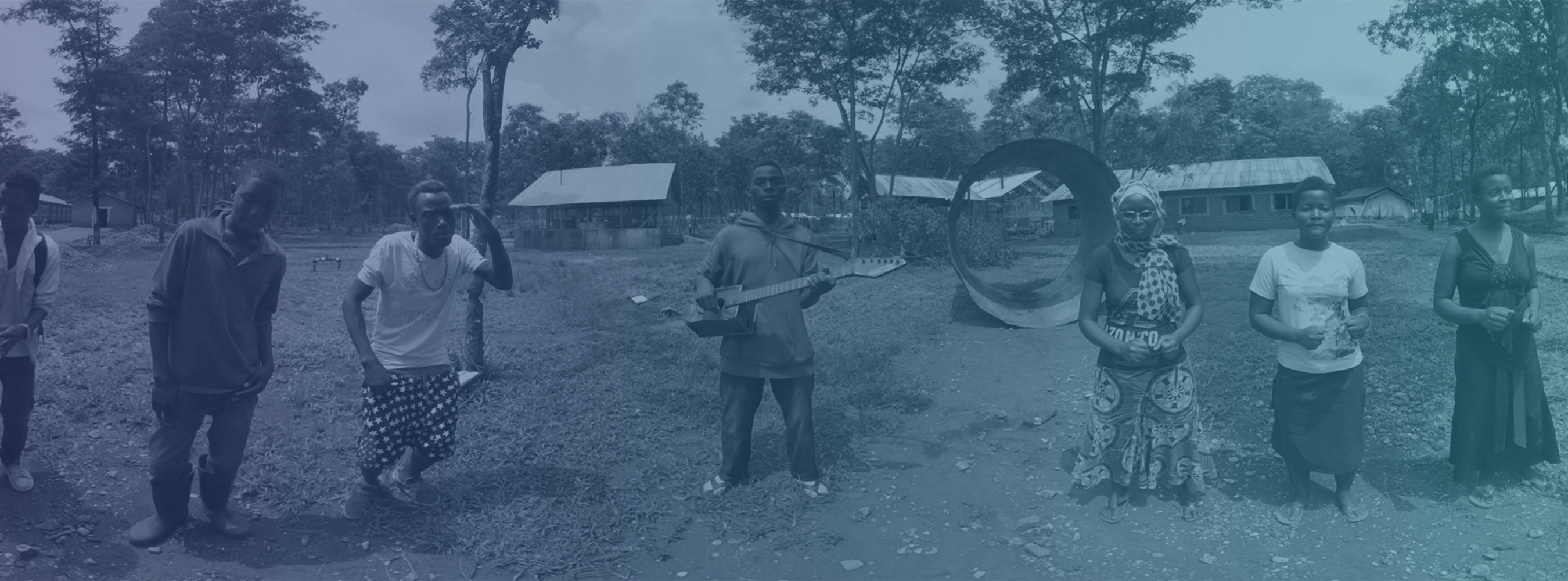Doctors Without Borders / MSF: Forced From Home
Forced from Home, a 360° video documentary for MSF-USA meets refugees from around the world.

The Challenge
Médecins Sans Frontières (MSF) is an international, independent, medical humanitarian organisation that delivers emergency aid to people affected by armed conflict, epidemics, natural disasters and exclusion from healthcare. One of the biggest challenges they face is raising public awareness of the international refugee crisis.
MSF-USA partnered with Visualise to produce a series of 360° films for their travelling exhibition Forced From Home that launched in New York city, September 2016.
“We need people to look at stories of displacement as stories of individual human beings, not an abstract thing like people invading a country. We needed a much more human way of looking at it. If anything is going to get that across, it could be VR.”
Melissa Pracht, Executive Producer, Forced From Home
The goal behind this campaign is to offer the public an unique perspective into why people flee their homes, what the search for safety is like, and the many dangers and health risks. By producing these immersive films, MSF hopes to give displaced people a voice and create a humanising connection with viewers.
The Solution
Working closely with the MSF-USA team, we helped identify the range of issues they wanted to highlight and share what life is like for these displaced people at refugee camps around the world.
Over the course of 12 months our team has travelled to camps in Greece, Tanzania, Iraq, Lebanon, Mexico and South Sudan to meet MSF field workers and refugees to share their stories.
The idea behind these films is to really place the viewer inside the scenes, where it feels like the refugee or MSF field worker is talking directly with you, providing some context to the social and political reasons why people are forced to flee their homes and the challenges of living in camps.
In the case of the Tanzania trailer we meet psychologist and MSF mental health coordinator, George Hunter, who describes what Burundian refugees have been though since political violence forced more than 100,000 people from their homes in April 2015.
All too often in VR films, the director is trying to communicate too many things in a scene. This be overwhelming for the viewer resulting in the opposite of what you want to achieve from the experience – a sense of ‘presence’, which is to make the viewer feel they are there inside the action.
Our approach was to simplify the viewer experience. This requires the abandonment of many things learnt from traditional filmmaking. By having fewer edits, simple composition of shots, with action taking place in front of the viewer, we wanted to create space for the refugees to tell their stories and enable the viewers to connect on a deeper level.
The challenges of shooting in different conditions (on a rescue boat and in makeshift camps with limited resources) meant we had to have an agile team who at times looked after both the 360° camera rig and 3D sound capture.
We were also filming interviews and scenes that would be projected into the Igloo Dome and viewable on the Samsung Gear VR headsets. These platforms have different aspect ratios, so when setting up a scene considerations as to how it would work within the different environments was of paramount importance.

“Our objective was to use VR to create an empathetic connection between the viewer and a refugee. We wanted visitors to the exhibit to leave fully understanding the trials and challenges of life as a migrant, displaced from their homes and the unique requirements of the lives of people on the move.”
Will McMaster, Head of VR, VISUALISE
The Results
The Forced From Home interactive exhibition opened at New York Hall of Science in September and has since travelled to PhotoVille in Brooklyn, Washington Monument and Long Wharf in Boston. Upcoming locations include Pittsburgh and Philadelphia with more major cities to follow.
To date the 3 published trailers providing a glimpse of camps in Tanzania, Greece and Lebanon have received a combined total of 220,644 views on Facebook and YouTube, with 851 comments and 2,880 likes.
If you would like to find out how VR can be used to promote empath get in contact or sign up to our newsletter and keep in touch.

